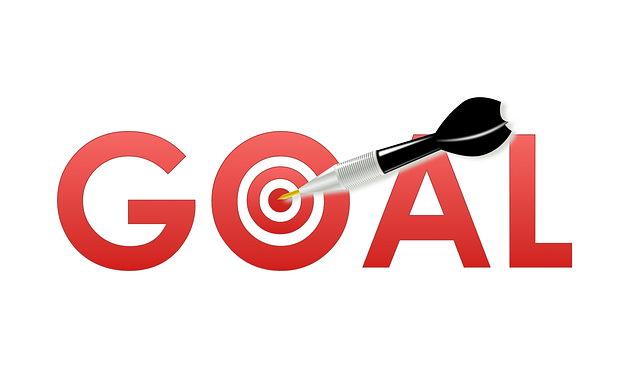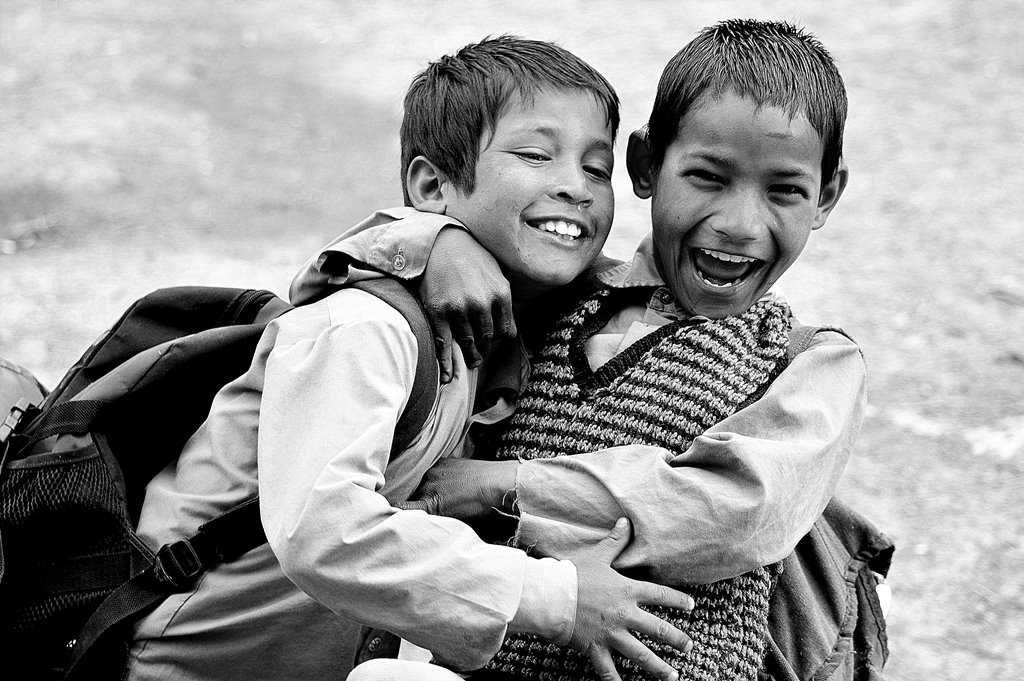The global target for education as set by the World Bank is not solving the issue of education access. Sustainable Development Goals have tackled the issue of quality education while most developing countries still struggle to increase education access.
Reducing the rate of learning poverty by 2030 as a global target for education is a progressive step in improving the quality of education. In developed countries, 90 percent of children can read at age 10, and in developing countries, 90 percent of children can’t read at age 10.
Focusing on the global World Bank’s goal for improving education will not meet the immediate and diverse educational needs of both developed and developing countries.
The global target for education as a sustainable goal
The World Bank holds views contrary to the Sustainable Development Goal on education. The bank argues that the ambitious goal keeps developing countries from attending to a vital education need: reducing the percentage of 10-year-old who cannot read and understand a simple story.
The establishment of Sustainable Development Goal 4 on education had a similar questioning process from the financial institution. They presented opinions that the goal for education should be focused on early years learning.
However, the bank’s suggestions were refuted by the results of a comprehensive study involving developing countries. Arguably, the financial institution’s plan for global education is motivated by financial returns on investments.
Designing effective education systems should involve various interested parties rather than an external actor. The global target for education developed by a broad team ensures inclusive education of equitable quality and lifelong learning opportunities for all.
Presently, the main target of developing countries is to increase access to education, and not just quality, considering that about 64 million children are still not enrolled at the primary level.
Education equity should be the focus on achieving sustainable education, particularly, educating girls children in illiterate households.
Universalizing access to primary education
The global target for education should be broad to include goals solving all education issues rather than a particular one. For instance, there were six Education For All goals set in 2000. One of those goals — universalizing access to primary education, got elevated to a Millennium Development Goal championed by the World Bank.
Following the success of the global target for education, more than 50 million children were enrolled in primary school. However, while access increased, quality dropped.
The current target of “halving learning poverty by 2030” and prioritizing investment in measurement is also a narrow education goal for the countries. This education goal can influence countries to focus on the children who are more comfortable to reach, thus further exacerbating inequality. Investments for training more teachers could be ignored to focus more on measuring learning — another effect of a narrow global target for education.
Substantial investment in education needs to be put in place to overhaul the education system and meet of Sustainable Development Goals, both previous and present ones.
Accordingly, the announcement by the World Bank about setting up a Global Platform for Education Finance will solve the investment challenges in education.
The new platform will work with country governments to develop credible sector financing strategies and assess macroeconomic conditions and overall fiscal space.
This is the way forward for the global target for education 2030.







